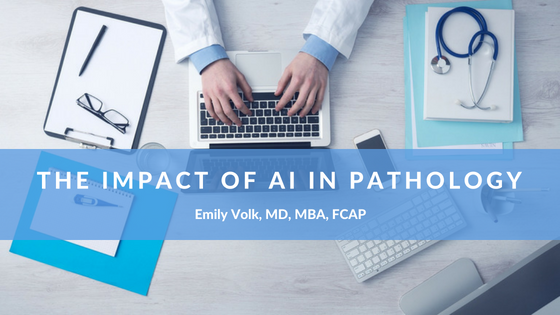Machine learning and other forms of artificial intelligence are slowly creeping their way into the healthcare industry. While some people may be hesitant at first to embrace such drastic change, the promises in terms of accuracy and efficiency this change will bring may prompt them to reconsider.
There are many different scopes of people and businesses looking to tackle artificial intelligence within healthcare. Most of this software is being developed by startups, but there are many different universities and research laboratories in the running as well. Apart from the development of this research, AI in healthcare also needs to be scalable to fit the needs of the masses.
Even though research is being conducted by different people, they are all working towards similar goals, including intraoperative diagnosis, primary diagnosis, disease prevention, clinical research, and targeting specific forms of cancer. Machine learning has proven to be most successful at imaging, analysis, diagnosis, preventative technologies, and developing diagnostic devices. More specifically, a pathologist will be able to scan a biopsied tissue into software that can identify cancer cells and whether they are benign or malignant. They will also be able to use AI to develop In Vitro Diagnostic devices, meant for instantly detecting diseases.
One problem with this that seems to be reoccurring is the amount of storage required to hold all of this data and be shareable across the country. In order for this AI software to be fully functioning it will require petabytes of storage! This is crucial because the whole point of creating such a database is being able to access and optimize it to help people all over by comparing cases and treatments. This influx of information and comparisons could ultimately result in finding cures to combat diseases and cancers. If AI could only create one database per hospital or practice, it will be very limiting.
It is difficult to say where AI will take us within the next 20 years. For all we know, we could be having an entirely different conversation. However, until we reach that future dystopian, it’s important that we embrace any medical development that has the potential to not only improve lives but also save them along the way.
